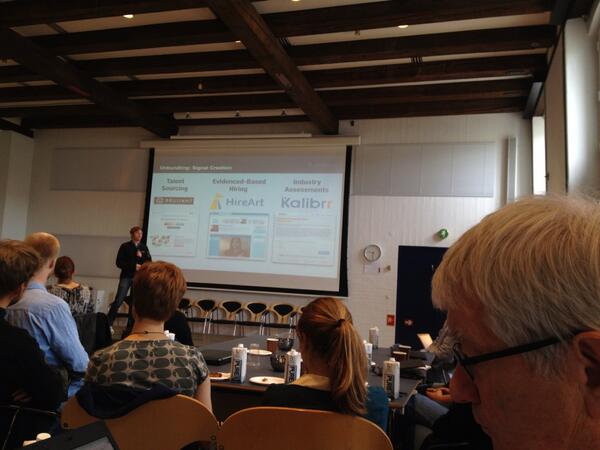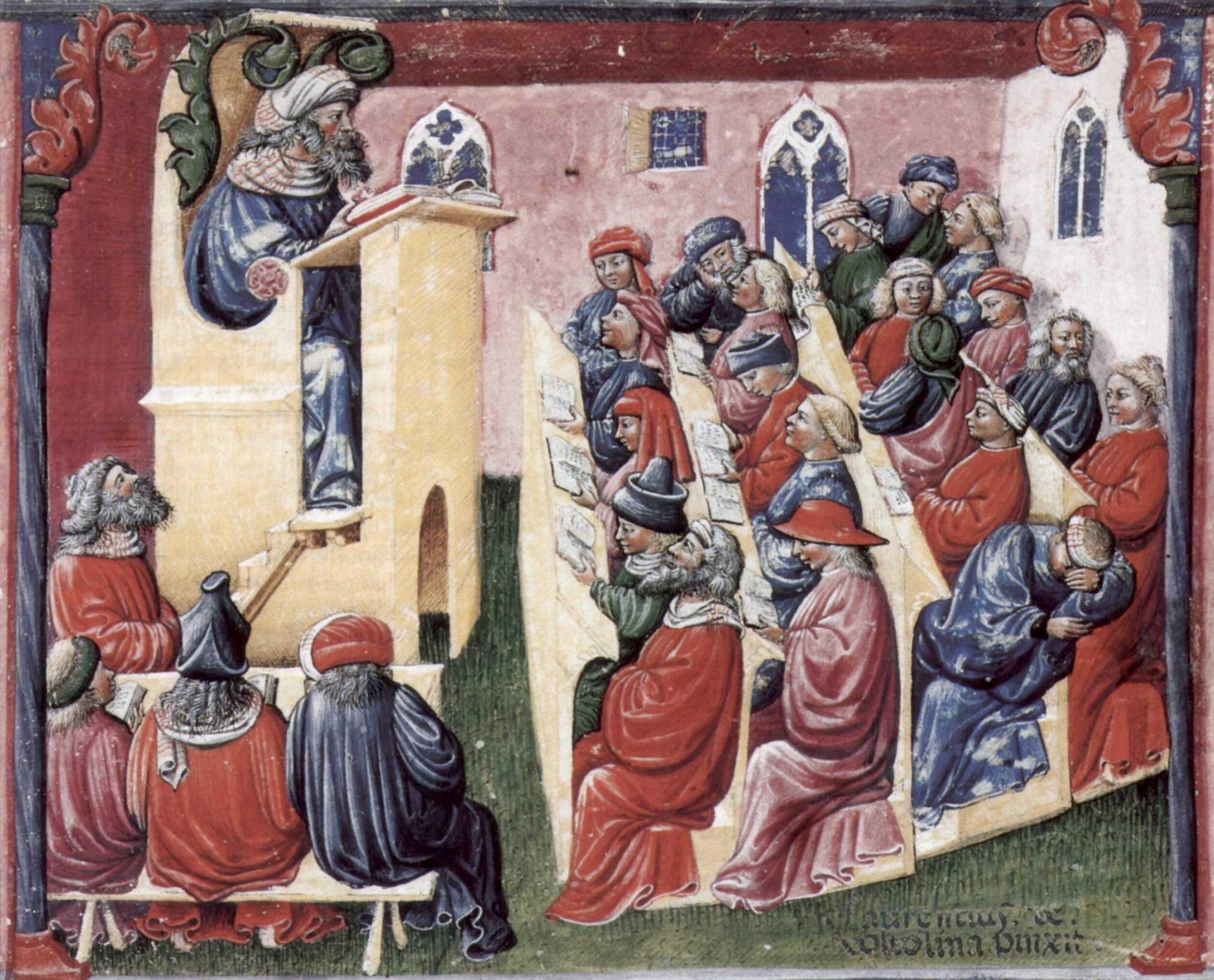There has been some interesting developments in peer review lately:
Altmetric it is a bookmarklet you install in your browser. Once installed go to any recent publication on the journal web page and click on the bookmarklet to get altmetric data (once you have installed it try this computational chemistry paper as an example). Most importantly you get links to twitter comments and blog posts (I hear Google+ and PubPeer integration is on the way) where a lot of post-publication peer review happens.
I think this is the future of post-publication peer review: don't worry about where it happens, just make sure it can be easily found.
PubPeer is discussion forum centered around journal articles and preprints (click here for a computational chemistry example). These discussion fora are notoriously difficult to get off the ground so I am impressed how much discussion is already going on there. PubPeer has recently made an extension that adds links to PubPeer comments on Pubmed search results and journal websites.
PeerLibrary allows you to create and share annotated versions of papers. If you think about it, the most common form of post-publication peer review is the highlighting of text and margin notes we all make when we read a paper. PeerLibrary allows you to share this.
I do most of my annotations using iAnnotate on my iPad and uploading pre-annotated pdf files does not seem to work for all pages, so I am not sure how much I will use this service yet. Also, the text in the uploaded files are currently quite grainy. But I like the general idea very much and I'll probably use it more if/when these things get fixed. Anyway, you can see what I have messed around with so far here.
Publons is a site for listing, and getting credit for, the reviews you do. This appeals greatly to me since usually review anonymously. I have just has a brief look at it (you can see my profile here) but I think my workflow will be the following:
(1) Prepare (e.g. paste in) the review and de-select "Has this article been published?". This will just list the article title and journal. As the site states "We can not publish the content of your review until the article has been published, as this would be unfair to the author if they decided to resubmit the article."
(2) Once the article is published, you can make the actual review visible. It would be nice if Publons could keep track of this (using the info you provided) and alert you.
You can also review papers already published (in which case it's a bit like PubPeer) and you can also review anonymously.
Have I missed some cool reviewing tools? If so, leave a comment.

This work is licensed under a Creative Commons Attribution 4.0
Altmetric it is a bookmarklet you install in your browser. Once installed go to any recent publication on the journal web page and click on the bookmarklet to get altmetric data (once you have installed it try this computational chemistry paper as an example). Most importantly you get links to twitter comments and blog posts (I hear Google+ and PubPeer integration is on the way) where a lot of post-publication peer review happens.
I think this is the future of post-publication peer review: don't worry about where it happens, just make sure it can be easily found.
PubPeer is discussion forum centered around journal articles and preprints (click here for a computational chemistry example). These discussion fora are notoriously difficult to get off the ground so I am impressed how much discussion is already going on there. PubPeer has recently made an extension that adds links to PubPeer comments on Pubmed search results and journal websites.
PeerLibrary allows you to create and share annotated versions of papers. If you think about it, the most common form of post-publication peer review is the highlighting of text and margin notes we all make when we read a paper. PeerLibrary allows you to share this.
I do most of my annotations using iAnnotate on my iPad and uploading pre-annotated pdf files does not seem to work for all pages, so I am not sure how much I will use this service yet. Also, the text in the uploaded files are currently quite grainy. But I like the general idea very much and I'll probably use it more if/when these things get fixed. Anyway, you can see what I have messed around with so far here.
Publons is a site for listing, and getting credit for, the reviews you do. This appeals greatly to me since usually review anonymously. I have just has a brief look at it (you can see my profile here) but I think my workflow will be the following:
(1) Prepare (e.g. paste in) the review and de-select "Has this article been published?". This will just list the article title and journal. As the site states "We can not publish the content of your review until the article has been published, as this would be unfair to the author if they decided to resubmit the article."
(2) Once the article is published, you can make the actual review visible. It would be nice if Publons could keep track of this (using the info you provided) and alert you.
You can also review papers already published (in which case it's a bit like PubPeer) and you can also review anonymously.
Have I missed some cool reviewing tools? If so, leave a comment.

This work is licensed under a Creative Commons Attribution 4.0



